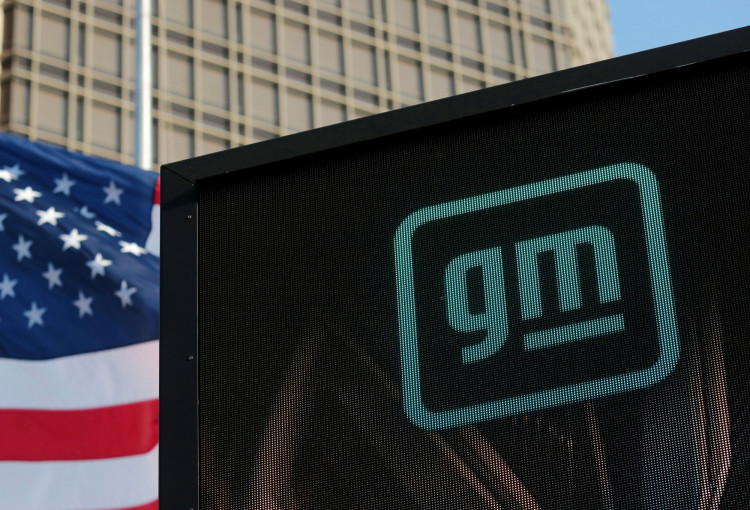General Motors (GM) delivered stronger-than-expected third-quarter earnings on Tuesday, raising its full-year profit forecast for the third time this year. The automaker's results were buoyed by robust vehicle sales, higher transaction prices, and a renewed focus on cost-cutting initiatives. The company reported a 10% rise in revenue to $48.78 billion, far surpassing analyst estimates of $44.69 billion, and posted adjusted earnings per share (EPS) of $2.96, well above the forecasted $2.44.
CEO Mary Barra expressed confidence in GM's progress, emphasizing the automaker's financial resilience while acknowledging the intense competition in the automotive market. "I'm proud that GM is delivering our best vehicles ever with strong financial results. But I want to be clear that we are not mistaking progress for winning," Barra said in her letter to shareholders. She also highlighted the growing regulatory challenges facing the industry and reiterated GM's commitment to optimizing its internal combustion engine (ICE) margins while ramping up profitability in electric vehicles (EVs).
GM's third-quarter earnings report reflects the company's strategic pivot towards profitability in its EV lineup, an area where GM is aiming to make significant gains despite reducing production targets. GM sold 32,195 EVs in the third quarter, representing a 60% increase compared to a year earlier, even as the automaker lowered its full-year production target from 250,000 to 200,000 units. Despite the reduction, GM CFO Paul Jacobson noted that the company remains focused on making EVs profitable on a variable profit margin basis.
"Variable profit is a really important step on the journey to profitability," Jacobson explained during a media call, emphasizing that as EV sales scale, they will begin to offset the high fixed costs currently dragging down profitability. He reassured investors that GM's EV losses would peak in 2024, and that the company is well-positioned to see significant improvement in EV earnings thereafter.
In terms of overall vehicle sales, GM delivered 659,601 units in the U.S. during the third quarter, a 2% decrease from the same period last year. However, retail sales rose by 3%, driven primarily by strong demand for pickups and full-size SUVs. With an average transaction price approaching $50,000 in North America, GM's sales strategy has clearly leaned toward higher-margin vehicles, contributing to the company's solid financial performance.
Looking ahead, GM raised its guidance for 2024, projecting EBIT-adjusted profits between $14 billion and $15 billion, up from the previous range of $13 billion to $15 billion. Automotive operating cash flow was revised upward to $22 billion to $24 billion, while free cash flow is now expected to come in between $12.5 billion and $13.5 billion, a significant increase from earlier estimates of $9.5 billion to $11.5 billion.
This marks the third time GM has raised its profit outlook in 2024, a year after facing a protracted strike by the United Auto Workers (UAW) union, which cost the company $1.1 billion. Despite the labor dispute and the resulting pay hikes granted to unionized workers, GM has managed to outperform expectations. The new contract, which includes an immediate 11% raise for UAW workers and additional increases over the next four years, was described by the union as the largest wage increase ever secured at GM.
Jacobson attributed the earnings strength in part to preemptive cost-cutting measures that GM undertook in anticipation of higher labor costs. "We've been able to look at that as the cost of doing business," he told reporters, adding that GM has no regrets over the UAW contract. He praised the company's ability to overcome inflationary pressures while still raising its profit target.
GM's performance in the U.S. stands in stark contrast to its challenges in China, where the company continues to struggle. The automaker reported a $137 million loss in its Chinese operations in the third quarter, compared to a $192 million profit a year earlier. The number of vehicles sold in China fell by 37%, as competition from domestic automakers intensified and GM grappled with what it described as "challenging market conditions." Once GM's largest market, China now represents just over half of its U.S. sales volume.
Despite these international headwinds, GM's outlook for 2024 remains optimistic. Barra has projected that 2025 earnings will be similar to those for the full year 2024, as GM continues its transition towards electrification. While challenges remain in scaling up EV production and navigating supply chain constraints, the automaker's strong financial performance in the third quarter suggests that GM is well on its way to achieving its long-term profitability goals.
GM's shares rose by 2% in premarket trading following the earnings announcement. Year-to-date, GM's stock is up 37%, reflecting investor confidence in the automaker's ability to weather industry challenges and capitalize on opportunities in the growing EV market.






